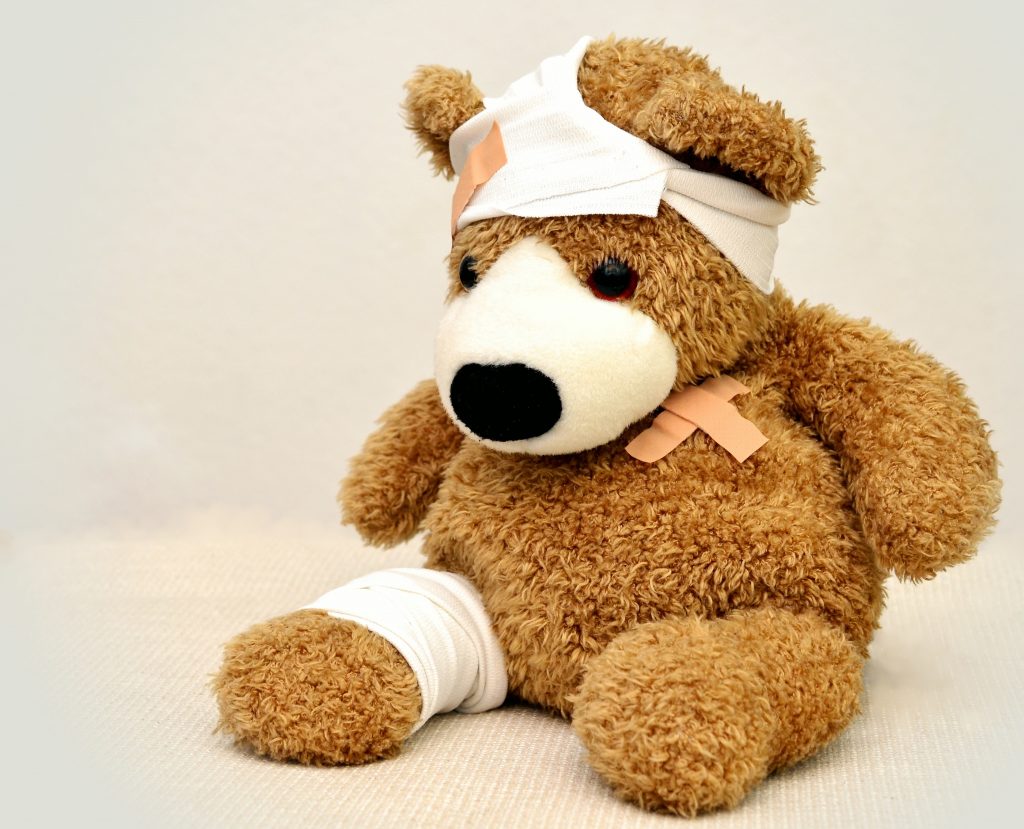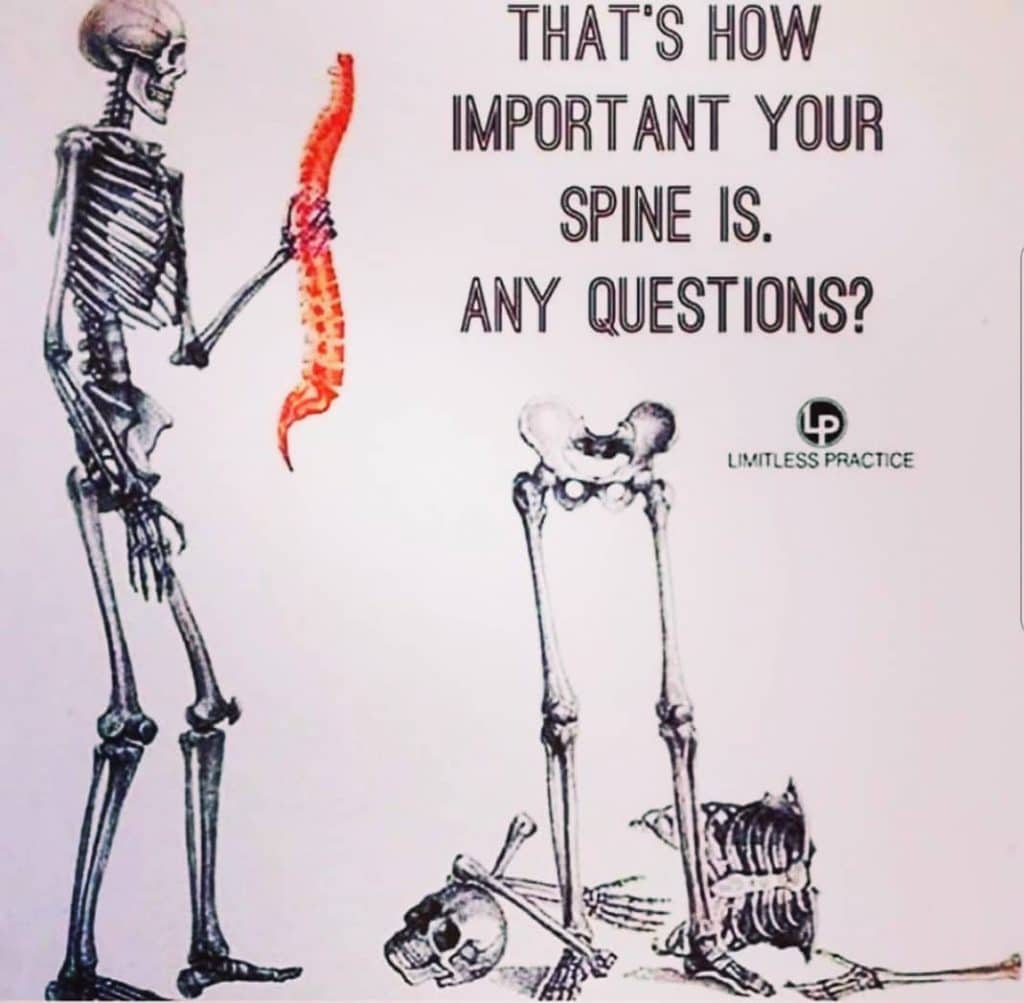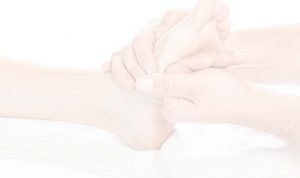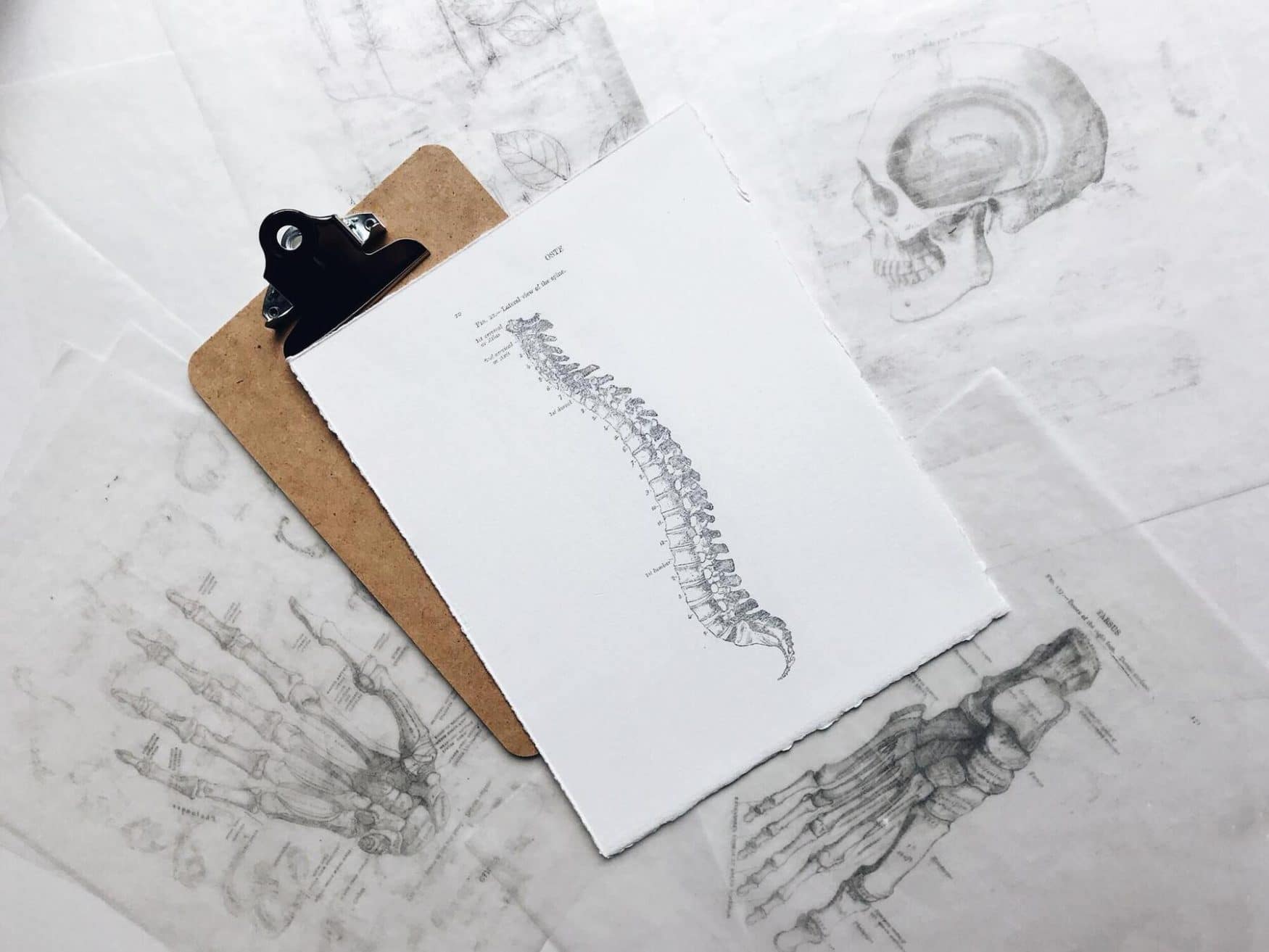
The question of back support belts and should you wear one?
When treating people with low back pain one of the more frequently asked questions is “What about back support belts? Should I be wearing one?”
Now as a general rule I will usually tell people that they should not require the support of a back belt. What they actually need is to start using the support system they already have built into their body. It’s a very good system, if your using it.
That’s not to say that there are no advantages to wearing a support belt in the right situation. I would not usually recommend a support belt to a healthy individual as a preventative measure, but in situations of very acute low back pain they can give just enough relief to get someone up and moving around, which is very important to recovering from back pain.
Things to consider about support belts
Manufacturers of support belts and lumbar supports do not have regulatory requirements to conduct clinical trials and yet they make many claims about how their products protect you and reduce injury. Below are some of the claimed “benefits” of wearing a support belt.
- Remind people to lift properly
- Support the spine against shearing forces when leaning forwards
- Act as a splint
- Reduce muscular fatigue
- Reduce compressive loading by increasing intra-abdominal pressure
- Provide warmth to the lumbar region.
Some truths
1st Truth
Evidence does not support the use of uninjured people wearing belts as an injury prevention measure. In fact, the risk of injury increases following a period wearing a belt.
2nd Truth
Wearing a belt DOES increase intra-abdominal pressure as is claimed. However, this INCREASES the spinal load, which is contrary to the claims that are made.
3rd Truth
Wearing a belt does not affect the activity levels of your lower back extensor muscles OR your abdominal muscles. Studies on the effect of wearing a belt on muscular function have shown no enhancement of function while wearing a belt and the belt does not significantly reduce the loading of your lower back muscles.
4th Truth
Does a belt restrict your movement and thus protect you from aberrant movement patterns? Well maybe this depends on the width and stiffness of the belt. When we look at the research, although there are indications that a belt can limit range of movement in sideways bending and rotation in the neutral position, it does not have this effect when the torso is flexed – such as with lifting.
5th Truth
Posture is one of the most important issues to consider in injury prevention. The ability of the lumbar spine to resist compressive forces decreases when people reach end range of lumbar flexion. Therefore, one might expect that a belt that was wide enough and stiff enough to impair range of movement would add protection. Unfortunately, most belts do not provide sufficient restriction of lumbar flexion. Perhaps a taller elastic belt that spans from the pelvis to the rib cage would serve to stiffen and support the whole of the torso.
One last thing to consider
One last thing to consider – It may seem like a no-brainer that if you want to reduce your range of movement sufficiently by wearing a belt that the stiffer the belt the better. This is not the case. Rigid orthopaedic belts generally increase the lifting moment whereas an elastic belt can reduce spinal loads. Think about how you would lift something heavy from the ground; Is it easier to bend 90 degrees from the hips with the weight further away from you? (as would be the case with a rigid belt), or is it easier to keep the weight closer to your centre?
Let’s summarise
There is a wide variety of belts out there and whether they will help you really does depend on your lower back complaint and the purpose for which you need the belt. Do I as a chiropractor advise using them? As general rule no. I may, if a patient is very very acute and struggling to get about, suggest a supportive belt for the short term. If you have a fairly active job, at the very least the belt may serve as a reminder that you have a lower back injury. It should NOT be used as means of continuing to do the activity that hurt your back in the first place and just push through pain.
Just because you have an active job that involves lifting and bending does NOT mean that you should wear a belt just in case; ensuring that you are physically fit for the job by strengthening your in-built system is what you should do just in case. having good movement patterns and a strong core are the best preventative measure for your back.
Don’t be lazy, and treat your back like you can’t live without it.







